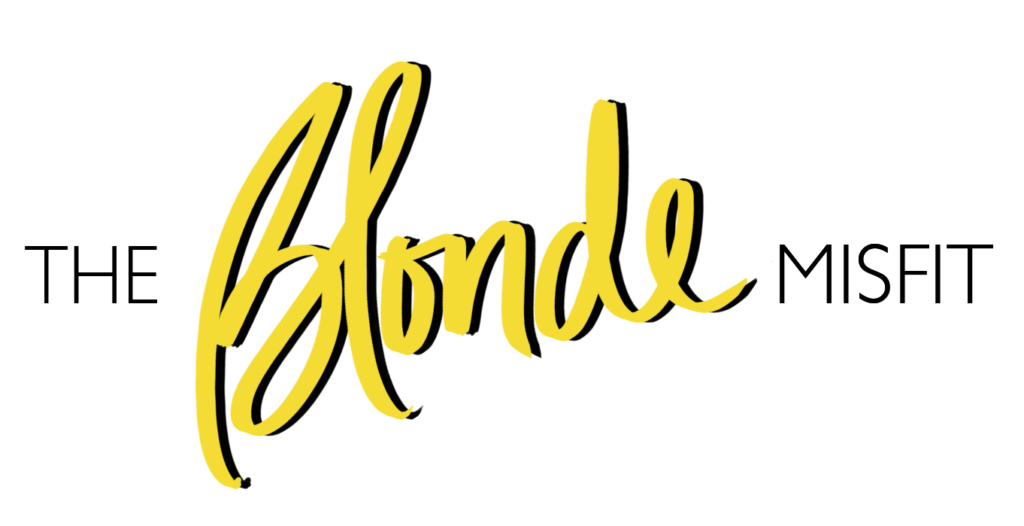
Images: Costco
The apparel selection at Costco’s 770 U.S. stores ranges from its in-house Kirkland Signature – known for its $10 t-shirts, $15 casual pants, and lookalike Ugg boots that cost a tiny fraction of the real thing – to discounted brand names, such as Tommy Hilfiger, North Face, adidas, and Calvin Klein. The Issaquah, Washington-headquartered retailer does not have any of the trappings of an ordinary apparel retailer. There are not any on-site fitting rooms, nor are there carefully styles mannequins or enticing window displays. Yet, the membership-only warehouse club giant has become “an apparel destination.”
Costco is “clearly resonating with shoppers and winning over brands at the expense of department stores,” Simeon Siegel, a retail analyst for Instinet, told the Washington Post. “It has become a viable place for people to buy clothing,” echoes Wendy Liebmann, chief executive of the consultancy WSL Strategic Retail, particularly since “Costco stores, analysts said, have become an attractive destination for brands to offload unsold merchandise without tarnishing their reputations.”
The extent of Costco’s apparel and footwear prowess becomes very apparent if you consider the whopping $7 billion that the retailer brings in each year for sales of those segments, alongside the $141.6 billion in revenue it earns from its sales of groceries, electronics, and household items “at near-wholesale prices.” Interestingly enough, its 85 million members, “who pay an annual fee, which starts at $60,” according to the Post, “ tend to have household incomes of $100,000 or more, making them a coveted demographic for high-end brands.”
$7 billion of $141.6 billion might not seem like a jaw-dropping amount but to put the $7 billion worth of garments and accessories that Costco sells into perspective, consider some of the top fashion brands in the world. Balenciaga, for instance, is only expected to break the $1 billion revenue mark this year. Its sister company Saint Laurent, which is also owned by Paris-based conglomerate Kering, boasted sales of almost $2 billion in 2018.
Meanwhile, Ralph Lauren brought in a total of $6.18 billion in revenue for 2018, and that figure is not limited exclusively to apparel and accessories. It includes the brand’s other offerings, such as homewares and fragrances. Still yet, Costco is even beating out mass-market brands like Old Navy, according to the Post, and upscale department stores like Neiman Marcus.
And if you think Costco’s apparel sales are staggering, consider its rival Walmart, which recently landed in the top spot of the National Retail Federation’s list of the top 100 retailers. With revenue from in-store apparel sales of more than $23 billion for 2017, Walmart’s apparel sales trump the annual revenue of Chanel and of Kering across all categories combined.
As for what is helping Costco, in particular, thrive in the apparel market, Joe Feldman, a retail analyst for Telsey Advisory Group, says that the big-box chain “does a good job of getting products customers want,” whether it be “Lucky Brand jeans this week, or North Face jackets.”
Because of the deep discounts it offers and the ever-rotating stock of authentic garments and accessories (due, in large part, to brands’ willingness to quietly off-load unsold wares to such out-of-channel retailers), “customers like buying clothes at Costco for the same reasons they like shopping at off-price department stores like T.J. Maxx and Marshalls: the thrill of the hunt.”
